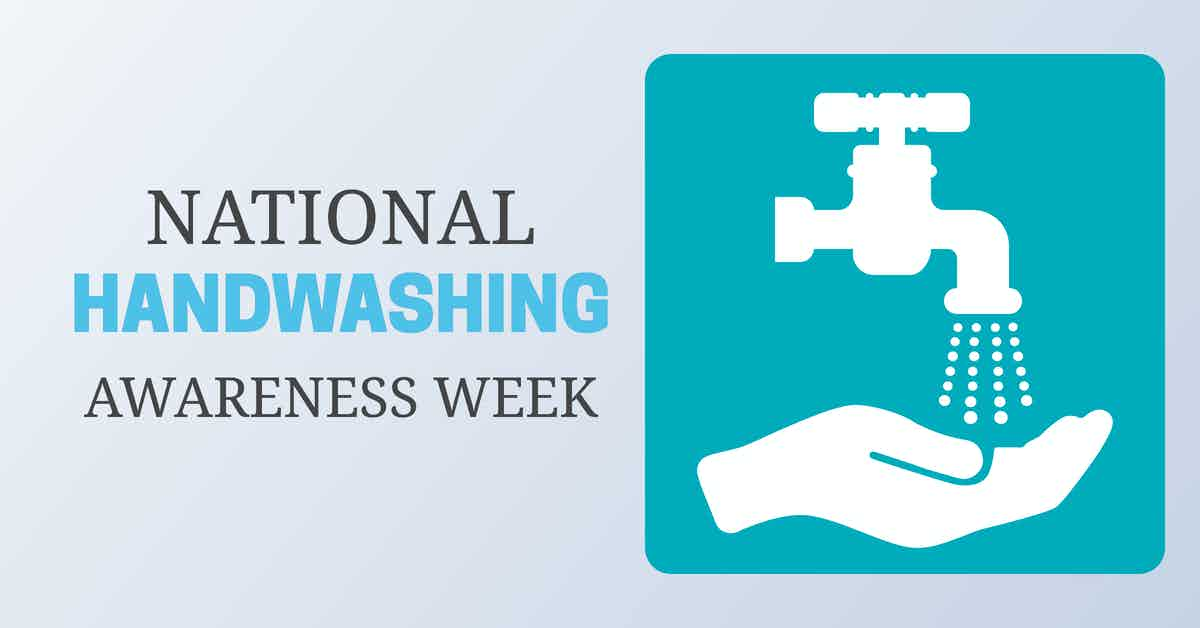As more and more people return to pre-pandemic facility occupancy, one thing must stay the same--the commitment to ongoing high-quality hand hygiene and awareness to prevent the spread of infectious disease.

Handwashing as a Method for Disease Prevention
Good personal hygiene is paramount for addressing and preventing outbreaks and the spread of infectious diseases.
Hygiene practices reduce the risk of transmission by killing the germs and microbes that carry the disease.
Soaps, sanitizers, and other hygiene products contain ingredients and chemicals that, while harmless to humans, kill these microorganisms.
Not only is proper hygiene effective in preventing an infectious disease outbreak, but it can also assist in the management of an outbreak.
When everyone is encouraged to practice safe hygiene, the rate at which the infectious disease can spread slows down rapidly.
If good hygiene becomes routine, the microorganisms aren’t able to transfer and become less threatening to the community as active cases of the disease reduce.
How does hygiene help stop the spread of infectious disease?
Consistent, high-quality hand hygiene is one of the most fundamental components of good personal hygiene and the single best method for protecting ourselves and others from illness.
This includes both washing with soap and water and the use of quality hand sanitizer when soap and water are not available.
According to the Canadian Center for Occupational Health and Safety;
The most important way to reduce the spread of infections is hand washing - frequently wash hands with soap and water, if unavailable use alcohol-based hand sanitizer (containing at least 60% alcohol).
Also important is to get a vaccine for those infections and viruses that have one, when available.
Good Hygiene Practices - Reducing the Spread of Infections and Viruses
What is Hand Hygiene and Awareness?
Washing your hands with soap and water removes soil, germs, and bacteria from your skin.
Certain kinds of pathogens, like SARS-CoV-2, are highly susceptible to inactivation from soap.
However, for the most part, regular over-the-counter soap does not kill germs or bacteria; it just removes them.
Conversely, much like a surface disinfect, alcohol-based hand sanitizers kill germs and bacteria on your hands.
Additionally, just like surface disinfectants, hand sanitizers are not suited for removing soil from your hands and lose efficacy if the skin is not washed correctly with soap and water before use.
Hand awareness consists of paying attention to where you place your hands while in public.
Regularly touched public surfaces are often covered in germs and bacteria.
Studies have shown that people touch their face 16+ times per hour.
Touching a contaminated surface and then rubbing your eyes, mouth, ears, or nose is a common method for acquiring illness--called dermal transmission.
Keeping your hands clean and avoiding touching your face in public is a critical measure in disease prevention.
Hand Hygiene Statistics that Underscore the Importance of Washing Your Hands Regularly
- 80% of infectious diseases can be transferred by touch.
- Regular handwashing can reduce diarrhea rates by 40%.
- Dermal transmission spreads pneumonia, colds, and the flu.
- Pneumonia--preventable via regular handwashing--is the leading cause of infant mortality.
- Studies show that fewer than 75% of women and less than 50% of men wash their hands after using the bathroom.
- Damp hands are 1,000 times more likely to spread bacteria than dry hands, yet only 20% of people dry their hands after they wash them.
- Studies show that people who wash their hands have 24% fewer sick days because of respiratory illness, and 51% fewer sick days due to a sick stomach.
Source:
Washing Your Hands
How you wash your hands is extremely important.
- Rinse your hands with clean water.
- Lather your hands with soap.
- Scrub your hands, top, bottom, wrists, nails, and between the fingers for a minimum of twenty seconds.
- Rinse your hands off with clean water.
- Dry them completely with a clean towel.
- Apply hand sanitizer after exiting the restroom.
- Apply a moisturizer to combat the effects of the hand sanitizer.
How to Ensure Hand Hygiene Compliance in Your Facility
There are several proven methods to ensure ongoing hand hygiene compliance in your facility.
- Promote handwashing and awareness through training, signage, and email advisories.
- Keep restrooms and hand sanitation stations fully stocked with soap, hand sanitizer, and paper towels, and;
- Clean restrooms daily and leverage day porter services to ensure high standards of sanitation and facility functionality are met.
References & Resources
- National Handwashing Awareness Week
- You Probably Touch Your Face 16 Times an Hour: Here’s How to Stop
- Washing up for National Handwashing Awareness Week
- Hygiene Tips For National Handwashing Awareness Week
Takeaway
As we return to life as usual it is critical to keep in mind that deadly germs and bacteria are ever-present on commonly touched surfaces in public facilities, workplaces, and schools.
Routine high-quality cleaning combined with regular handwashing is a proven method for reducing the spread of illness.
Competent day porter services and enhanced cleaning and sanitization measures will not only demonstrate your commitment to protecting the health and safety of your workforce and customers, but it will also significantly improve your financial bottom line.
If you would like more information regarding the effectiveness of high-performance infection prevention and control measures, or if you would like to schedule a free, no-obligation on-site assessment of your facility's custodial needs, contact us today for a free quote!
In Bakersfield, CA, call (661) 437-3253
In Fresno, CA, call (559) 206-1059
In Valencia, CA, or Santa Clarita, CA, call (661) 437-3253
In Palmdale, CA or Lancaster, CA, call (661) 371-4756

